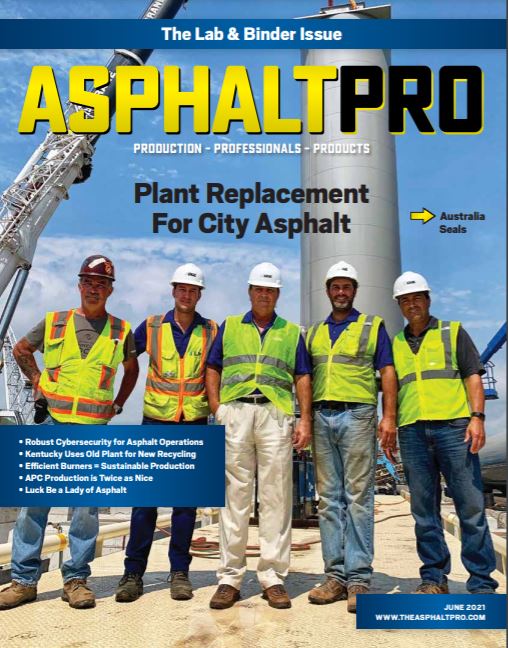
Let’s start this month’s note with a story. In my first job out of college, a certain cattle industry trade magazine had 11 employees on staff. Because it’s relevant to the story, I’ll share this was in 1992 and my base salary was around $19K. For the first couple years, the association instituted a wage (and hiring) freeze. When the association approved a 10-cents-an-hour raise for employees, the announcement was disappointing, but understandable.
Except for one strange thing.
One magazine worker was elated with the extra $4 per week. I remember to this day her standing in the production department crooning with enthusiasm: “I don’t feel quite so overworked and underpaid.”
Fast forward to early May 2021. Take a look at the American Jobs Plan with its chunk of $621 billion for the transportation industry to split among 22,000 miles of roadway; a handful of high-profile bridge projects; transit, ports, and airports projects; and electrifying vehicles.
I recognize the $621 billion for “transportation” is more than any of the other line items in that particular plan are slated to receive, thus I’m supposed to sit down and be thankful for the government handout. But I also recognize the $621 billion for transportation undercuts itself by electrifying vehicles that don’t contribute to the dwindling transportation fund.
I also recognize that the counter-plan from Congress, as of press time, only offered $299 billion to roads and bridges, making it less desirable than a 10-cent raise. A nice aspect of the Congressional plan is it designating specific billions of dollars to public transit, rail, water infrastructure, safety, ports and inland waterways, airports, broadband, and water storage beyond the $299 billion roads and bridges would be guaranteed.
While the amount suggested for our industry over a period of five years doesn’t excite me, it makes sense when couched with the published concept: “Federal pay-fors should shore up any infrastructure-related trust fund that is facing a revenue shortfall.” To see an opinion on the legality of the pay-fors, you can follow me on LinkedIn. I also like the published concept: “Federal pay-fors should ensure that all users of certain types of infrastructure (ex: electric vehicles) are contributing to the generation of revenue.”
Amen.
Back in the mid-90s, the cattle association in my story above tossed pennies at its employees to placate them into subservience while the officers and execs planned a merger with another association. The workers shut up and sat down to continue doing our jobs. Compliant and quiet-like. Personally—because my editor’s note is not the opinion of the entire AsphaltPro staff—I see more parallels here than you can shake a stick at. The pittance raise, for which a 24-year-old who didn’t know any better was grateful, represents the handful of dollars legislators want to sprinkle on an industry that supports this nation. Our industry should be more mature than someone who’s been circling the sun fewer than three decades.
As an industry, we should be able to remind legislators to represent our interests. After all, our interests are compatible with protecting the environment and maintaining our nation’s economic corridors. These are not mutually exclusive. Thanks to our sustainable and highly recyclable product—asphalt—these interests are often interdependent. Let’s share that message when we contact our legislators and ask for a more logical use of imaginary money. There are a lot more than 22,000 miles of roadways in this nation. A 10-cents-an-hour raise ain’t gonna cut it this time.
Stay Safe,
Sandy Lender